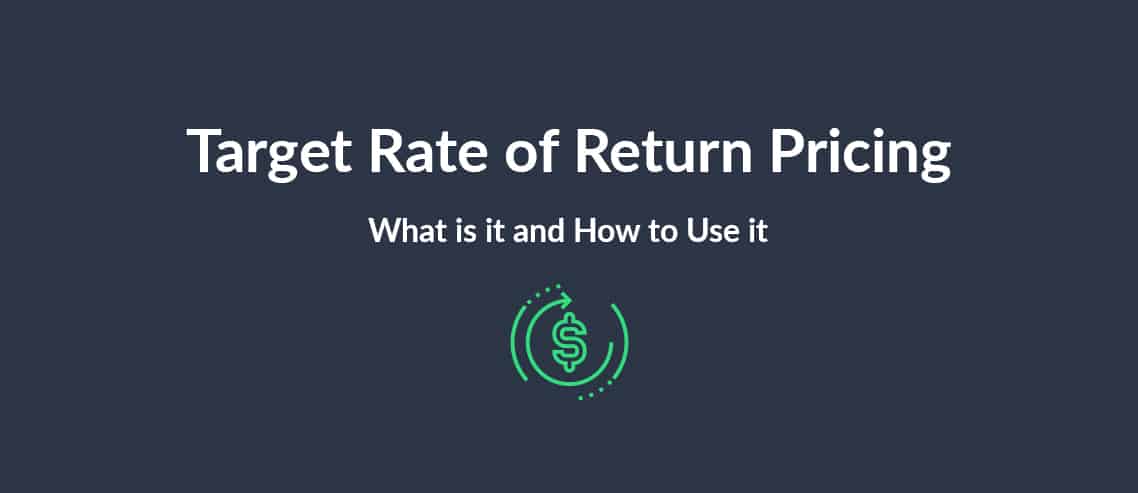Careful price management is a crucial development and marketing factor when you come up with a new product. Once your offer already has analogs on the market, competitors’ price history can give you all the necessary information so that you could position your new product properly and get ahead of the competition.
Beating competitors is the primary goal of any marketing and branding strategy. And while there are numerous tools, methods, and policies to do so, competitive pricing has always been among the most efficient ones.
On the one hand, the idea may seem pretty straightforward: among a number of analogs, customers will mostly prefer those that come cheaper. However, the key to success is to turn higher profits while offering customers tangibly lower prices. And learning more about your competitor’s pricing history will provide you this key.
In this article, we shall discuss how to observe and analyze your competitor’s price history and use the knowledge to get ahead of the market rivalry.
What is price history, and why is it important?
The price of your product or service will consist of numerous factors. Most of them are objective and invariable and consist of the necessary expenses that you bear to produce the product and present it to the customer.
However, such an approach may appear to be irrelevant once you are operating in a highly competitive marketing niche. Customers tend to associate certain goods and services with various values that often don’t correlate with the actual cost of commodities or any other material factors. In other words, some goods and services have a particular reputation in customer’s eyes.
When the cost-plus approach does not work for your product’s pricing, it is best to address the Competitive Pricing strategy. In this case, you take your main competitor’s analog product and use its price as a guideline to set your own prices.
As long as your competitor has come to the market earlier, you get a chance to study and analyze his price history. It allows you to see clearly how customers reacted to new prices and their changes in dynamics.
However, it is essential to understand that competitors’ price analysis only examines customers` reactions to price dynamics. It does not consider the manufacture or development costs and other basic price management features. That is why it is essential to analyze a competitor whose product has technical and quality characteristics closest to yours.
How to understand and benefit from competitor’s pricing history?
No matter what your industry or market niche could be, there is always a certain level of competition. Keeping track of your competitors’ pricing moves will not only help you present a new product most efficiently but also let you decided whether it is worthy of developing it at all. In other words, analyzing competitor’s pricing history does not only help businesses earn more money but also prevent losses.
After gathering the relevant data, you can decide between three price policy directions:
- Lower prices – asking less money than your competitors. This strategy works perfectly if the pricing history and demand for the product, as well as your productive capacities, allow you to manufacture the product in bulk. In this case, the production cost will be significantly lower, and you will get higher revenue attracting more customers with lower prices;
- Higher prices – asking more money than your competitor. You may choose this way if your product has some significant added features and benefits that customers might have asked for or had to purchase additionally;
- Price matching – asking for the same money. In this case, you set the same price as your competitor but attract customers with higher quality, reputation management, advanced customer service, etc.
When competitors’ price history demonstrates steady growth, you understand that the demand is stable enough that customers don’t show any adverse reaction to the increased price. At the same time, if the historic price rate is unstable or keeps declining, it may indicate that your competitor is struggling to earn money from the particular product.
Knowing this, you can make a decision on which price policy your company should adopt or whether there is a point to come up to the market with a particular product at all.
How to analyze a competitor’s price history?
You should take two essential steps to analyze a competitor’s price history thoroughly and benefit most from the data.
Step 1 | Know what and who you are dealing with.
Before analyzing your competitor’s price history, it is crucial to determine who you are dealing with in your market niche and why you need to examine their experience.
You may determine it by answering the following questions:
- What is your product’s niche?
- Are there analog products on the market?
- How many competitors do you have at the moment?
- How long do your competitors exist on the market?
- What are the distinctive features of their product, and how are they different from yours?
- How did competitors’ prices change during the past year?
- Do your competitors make a stable profit?
- What is their profit percentage?
Step 2 | Get relevant pricing data and update it constantly
It is crucial that you have relevant data about competitor’s pricing history, edit and analyze it regularly. The best solution, in this case, is to address competitor price tracking and dynamic pricing software. In this, you will manage to keep your pricing relevant and efficient according to the slightest market deviations.
This approach might be most efficient for dynamic E-commerce pricing. Global market digitalization that was boosted by the recent restrictions due to the Pandemic of COVID-19 led to the fact that whole industries moved most of their sales and operation online. It has created a whole new level of competition between brands and manufacturers.
At the same time, due to this digitalization process, customers get more tools to analyze the offer and compare between sellers and manufacturers. As a result, today’s pricing is much more sensitive to consumers` behavior, making relevant data a crucial success factor.
Using price history for e-commerce pricing
Due to being highly sensitive to consumers` behavior and market deviations, e-commerce pricing requires the most thorough data analysis. At the same time, digitalization allows you to learn price history more thoroughly and benefit from it most once you sell your products and services online.
Competitors’ price history will not tell you everything
Although tracking competitors` price history is highly efficient, it cannot become your decisive factor. Even if the cost-plus approach is not fully applicable for your business, production costs and other related expenditure are highly important for your pricing policy;
Avoid undervaluing
E-commerce pricing depends on consumers` behavior mainly, and consumers have more tools today to compare prices and chose the lowest ones. However, it does not mean that racing for the most competitive pricing, you should undervalue your product. Analyzing price history, you get a chance to remain at the “maximum of the minimum” price range – statistically the most efficient policy for online sales;
Consider sales insights
While analyzing competitors’ price history, please pay special attention to events like a weekend or seasonal sales and customers` reactions. This information is crucial to determine the necessity and efficiency of such moves for your pricing policy. For most consumers, online shopping is a matter of the moment. They hardly prepare for sales or adjust their shopping habits according to them. That is why for the e-commerce pricing, such moves are thoroughly planned. They are also based on the behavior and purchasing habits of the target auditorium. Learning those insights, their dynamics, and results will tell you a lot from your competitor’s experience in the same market.
An alternative use for competitor’s pricing history
Operating in e-commerce, you get access to more comprehensive and efficient pricing history analysis. Besides creating your own pricing policy, you can use that data to negotiate with business partners and suppliers more efficiently. The more information you have about your competitor’s history in the e-commerce field, the more objective your argumentation is and the better deals you can get from your suppliers and business partners.
Learning your competitors’ price history is a highly efficient strategy that can help you present your product most efficiently and prevent costly mistakes. Once done with the help of qualified experts and reliable software, this data can boost up your sales, optimize manufacture and distribution costs, and help obtain new market segments.



Leave a Reply